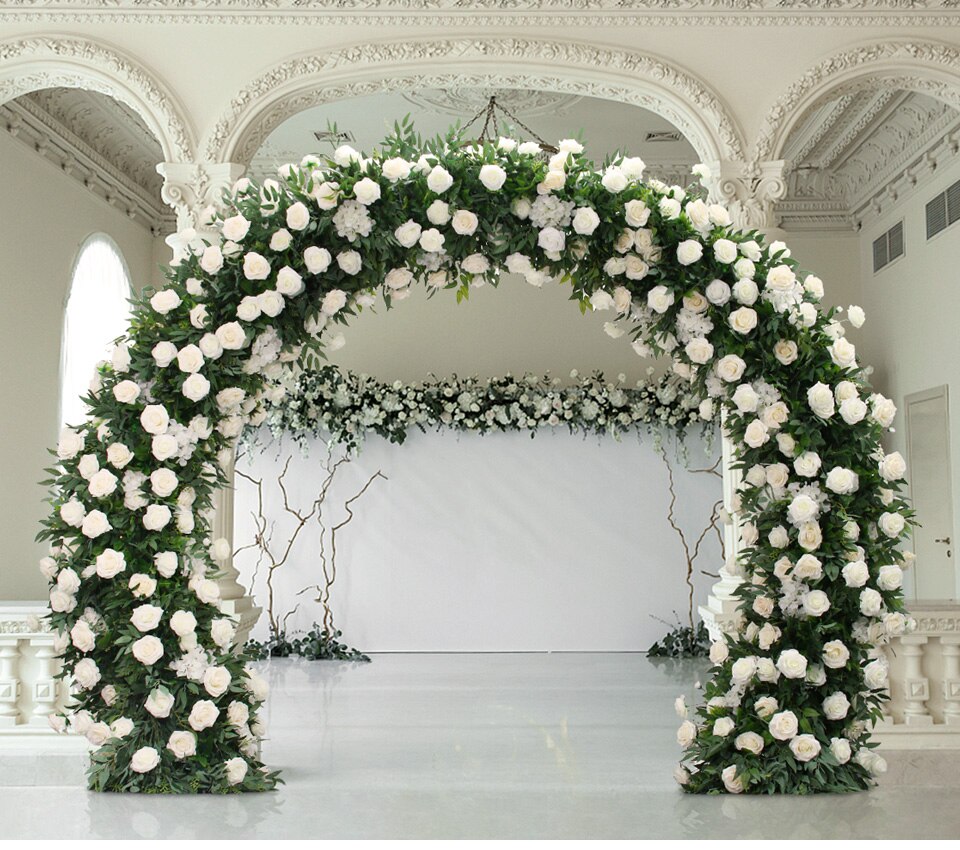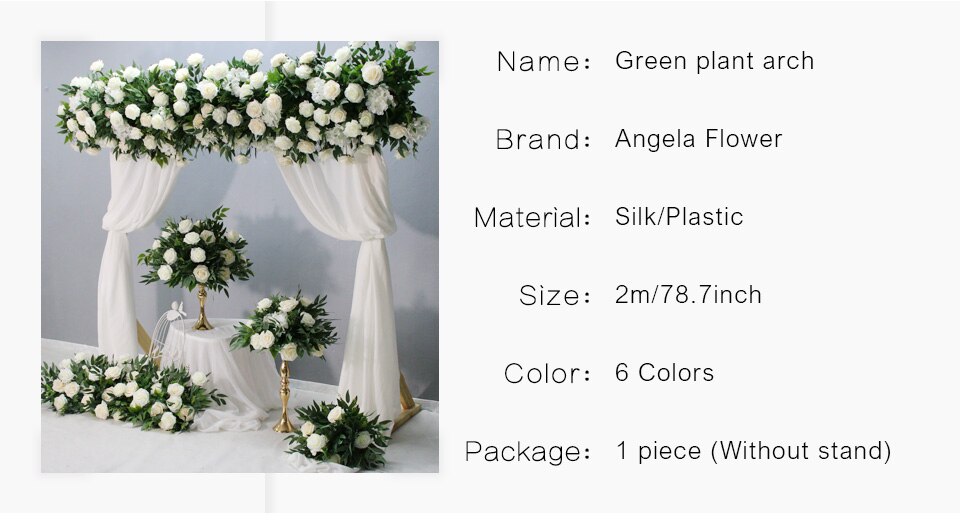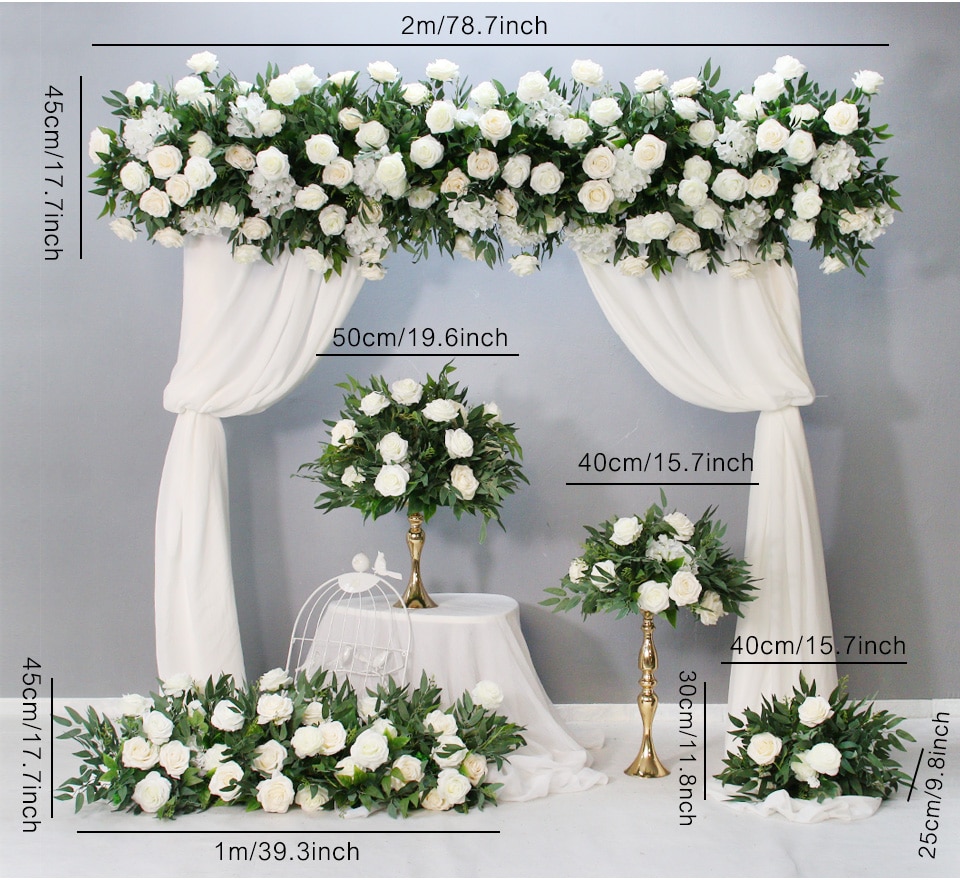How do you make a bougainvillea wall?
To create a bougainvillea wall, you will need to follow these steps:
1. Choose a suitable location: Select a spot that receives full sunlight for at least six hours a day. Bougainvillea plants thrive in warm climates and need ample sunlight to grow and bloom.
2. Prepare the support structure: Install a sturdy trellis or wire mesh against the wall where you want the bougainvillea to grow. Ensure that it is firmly attached to the wall and can support the weight of the plant as it grows.
3. Plant the bougainvillea: Dig a hole in the ground near the base of the support structure. Gently remove the bougainvillea plant from its container and place it in the hole. Backfill the hole with soil, ensuring that the plant is securely positioned.
4. Water and fertilize: Water the newly planted bougainvillea thoroughly and keep the soil moist but not waterlogged. Apply a balanced fertilizer regularly to promote healthy growth and vibrant blooms.
5. Prune and train: As the bougainvillea grows, prune it regularly to maintain the desired shape and size. Train the branches to climb and spread along the support structure, guiding them as needed.
6. Provide ongoing care: Continue watering, fertilizing, and pruning the bougainvillea as necessary. Protect the plant from extreme temperatures, pests, and diseases.
With proper care and maintenance, your bougainvillea wall will flourish and add a beautiful burst of color to your outdoor space.
1、 Selecting the right location and preparing the wall surface.
To make a bougainvillea wall, there are several steps involved, starting with selecting the right location and preparing the wall surface. Bougainvillea plants thrive in warm climates with full sun exposure, so it is important to choose a location that receives at least six hours of direct sunlight each day. Additionally, the wall should be sturdy enough to support the weight of the plants and have good drainage to prevent waterlogging.
Once the location is chosen, the next step is to prepare the wall surface. This involves cleaning the wall to remove any dirt, debris, or loose paint. It is also recommended to apply a layer of primer to the wall to ensure better adhesion of the bougainvillea roots.
After preparing the wall, it is time to plant the bougainvillea. Start by digging holes in the wall, ensuring they are deep enough to accommodate the root ball of each plant. Place the bougainvillea plants in the holes and backfill with soil, gently pressing it down to secure the plants in place. Water the plants thoroughly after planting to help them establish their roots.
To encourage the bougainvillea to grow along the wall, you can use trellises or wires for support. As the plants grow, gently train the branches to climb along the wall, securing them to the support structure as needed. Regular pruning is also important to maintain the desired shape and size of the bougainvillea wall.
It is worth noting that bougainvillea plants are known for their thorny branches, so it is advisable to wear protective gloves and clothing while handling them. Additionally, regular maintenance, including watering, fertilizing, and pest control, is necessary to keep the bougainvillea wall healthy and vibrant.

2、 Installing a sturdy support structure for the bougainvillea vines.
Installing a sturdy support structure for the bougainvillea vines is the key to creating a beautiful bougainvillea wall. Bougainvillea is a climbing plant that requires a strong structure to support its growth and weight. Here is a step-by-step guide on how to make a bougainvillea wall:
1. Choose the location: Select a spot that receives full sunlight for at least six hours a day. Bougainvillea thrives in warm climates, so ensure the location provides adequate warmth.
2. Prepare the support structure: Install a sturdy trellis or wire mesh against the wall where you want the bougainvillea to grow. Make sure it is securely attached to the wall and can withstand the weight of the vines.
3. Dig the planting holes: Dig holes at least twice the size of the bougainvillea's root ball. Space the holes about 3-5 feet apart, depending on the desired density of the wall.
4. Plant the bougainvillea: Gently remove the bougainvillea from its container and place it in the hole. Backfill the hole with soil, ensuring the plant is at the same level as it was in the container. Water thoroughly.
5. Prune and train the vines: As the bougainvillea grows, prune any dead or damaged branches to encourage new growth. Train the vines to climb the support structure by gently tying them to the trellis or wire mesh.
6. Provide regular care: Bougainvillea requires regular watering, especially during dry periods. Fertilize the plant every few months with a balanced fertilizer to promote healthy growth and vibrant blooms.
It is important to note that bougainvillea can be invasive in some regions, so it is essential to check with local authorities or gardening experts to ensure it is suitable for your area. Additionally, regular maintenance and pruning are necessary to keep the bougainvillea wall looking neat and well-maintained.

3、 Planting the bougainvillea and ensuring proper spacing.
To make a bougainvillea wall, the first step is to select a suitable location. Bougainvilleas thrive in full sun, so choose a spot that receives at least six hours of direct sunlight per day. Next, prepare the soil by loosening it and adding organic matter to improve drainage.
Once the soil is ready, it's time to plant the bougainvillea. Dig a hole that is slightly larger than the root ball of the plant. Place the bougainvillea in the hole, ensuring that the top of the root ball is level with the ground. Backfill the hole with soil, gently firming it around the plant.
Proper spacing is crucial when creating a bougainvillea wall. These plants can grow quite large, so leave enough space between each plant to allow for their mature size. The spacing will depend on the specific variety of bougainvillea you are planting, so be sure to check the recommended spacing guidelines for your chosen variety.
After planting, water the bougainvillea thoroughly to help settle the soil and encourage root establishment. Water regularly, especially during dry periods, but be careful not to overwater as bougainvilleas prefer slightly dry conditions.
To create a wall effect, you can train the bougainvillea to grow on a trellis or support structure. As the plant grows, gently guide the branches and secure them to the trellis using soft ties or twine. Regular pruning is also necessary to maintain the desired shape and size of the bougainvillea wall.
It's important to note that bougainvilleas are tropical plants and may not be suitable for colder climates. However, there are newer varieties available that are more cold-tolerant, so it's worth checking with local nurseries or gardening experts for recommendations based on your specific location.
In conclusion, making a bougainvillea wall involves planting the bougainvillea and ensuring proper spacing, providing adequate sunlight, water, and support. With proper care and maintenance, you can create a stunning and vibrant bougainvillea wall that adds beauty to your outdoor space.

4、 Providing regular watering and fertilization for healthy growth.
To make a bougainvillea wall, there are several steps you can follow. First, choose a suitable location that receives full sun for at least six hours a day. Bougainvilleas thrive in warm climates, so ensure the area has good drainage and protection from strong winds.
Next, prepare the soil by loosening it and adding organic matter such as compost or well-rotted manure. This will improve the soil's fertility and drainage. Bougainvilleas prefer slightly acidic soil with a pH between 5.5 and 6.0.
When planting the bougainvillea, dig a hole that is slightly larger than the root ball. Place the plant in the hole and backfill with soil, firming it gently around the roots. Water the plant thoroughly after planting to settle the soil.
Providing regular watering and fertilization is crucial for healthy growth. Bougainvilleas require deep watering once or twice a week, allowing the soil to dry out slightly between waterings. During hot and dry periods, they may need more frequent watering. Fertilize the plant every four to six weeks during the growing season with a balanced fertilizer high in potassium to promote blooming.
Pruning is also important to maintain the shape and size of the bougainvillea wall. Prune after each blooming cycle to remove dead or damaged branches and to shape the plant. Be cautious when pruning, as bougainvilleas have thorns.
In recent years, there has been a growing interest in using bougainvilleas as living walls or vertical gardens. This involves training the vines to grow on a trellis or wire mesh, creating a stunning display of cascading flowers. To achieve this, carefully guide the branches along the desired structure and secure them with ties or clips. Regular pruning and maintenance will be necessary to keep the bougainvillea wall looking its best.
Overall, creating a bougainvillea wall requires careful planning, proper planting techniques, regular watering, fertilization, and pruning. With the right care, you can enjoy a vibrant and beautiful display of bougainvillea flowers adorning your wall.











































Leave your comment